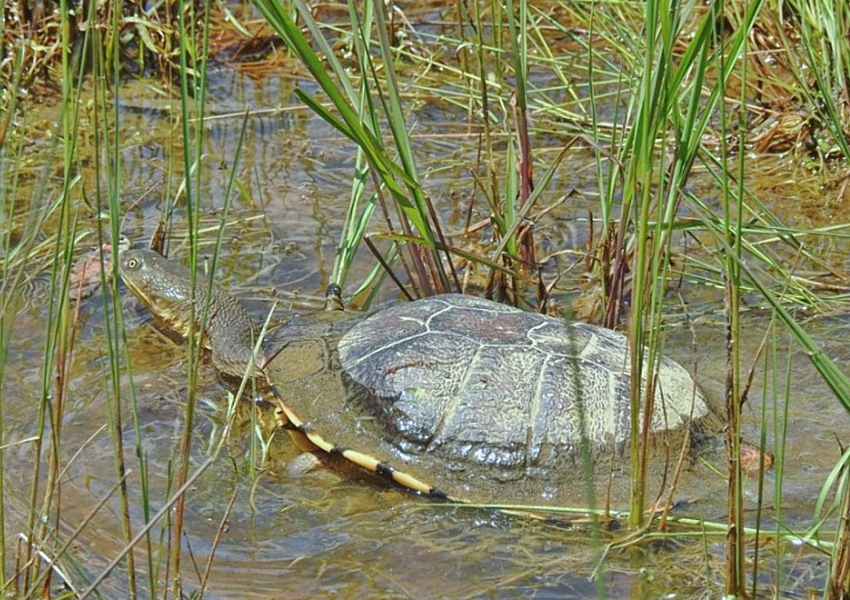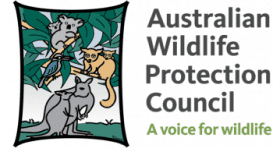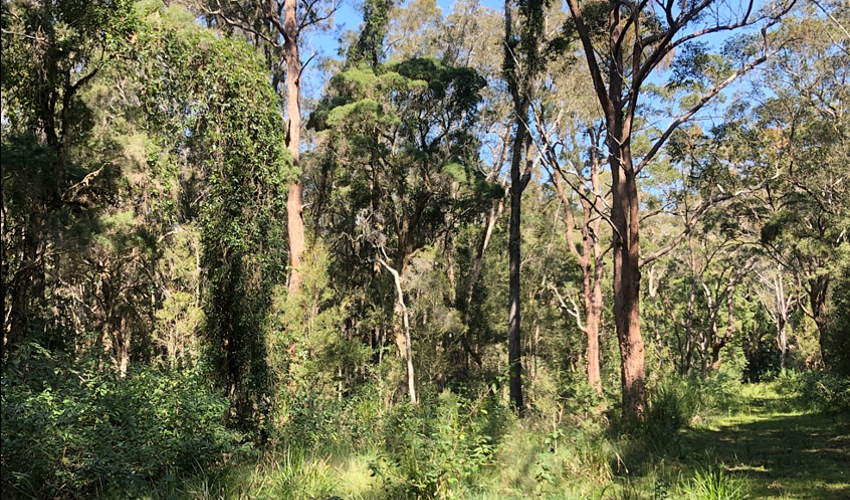
Stewardship Of Queanbeyan Waterways: Upgrade Needed
Share this page OUR REGION IS fortunate to have an abundance of beautiful waterways, which are home to a diverse range of native wildlife including water birds, frogs, turtles, platypus, rakali [water rat], fish and other aquatic creatures.MAIN IMAGE: Freshwater turtle. © Carol Lynn, District Bulletin archives. Many land-dwelling creatures also rely on our waterways for drinking water and food, but sadly, the human impact on these environments is often detrimental to these creatures. Recreational fishing, when not undertaken responsibly, is a frequent cause of phone calls to Wildcare Queanbeyan. Injuries often occur when birds and turtles become entangled in fishing line or are snagged on, or swallow, discarded fishing hooks These animals suffer horribly, often unable to eat, swim or walk, until they are captured or die because of their injuries. If you are fishing and an animal becomes entangled in line or caught on a hook, the best thing to do is to call Wildcare Queanbeyan while the animal is still trapped. DO NOT CUT THE LINE. It is much easier to catch a tethered animal and quick action by the person who is fishing can save the animal considerable suffering and rescuers many hours of effort. [For effecting rescues it helps to keep something like a box, plus blanket or pillowcase in the car.] Platypus and rakali can also experience fishing-related injuries, swallowing hooks or lures. They can also drown if they become tangled in discarded fishing line or yabby traps. A recent study by the Australian Platypus Conservancy found that at any one time 4% of platypus are entangled in one or more items of rubbish, including elastic hair ties, fishing line and plastic rings from bottles and jars. This ibis’s leg was broken after it became entangled in fishing line. Author supplied. Responsible fishing requires that all rubbish and discarded fishing equipment — including lines, lures and hooks — are safely disposed of. Remember that the use of opera house yabby traps is now illegal in NSW (as of 30 April 2021). If you come across sick injured or orphaned wildlife, please phone Wildcare Queanbeyan on 6299 1966 at any time.

